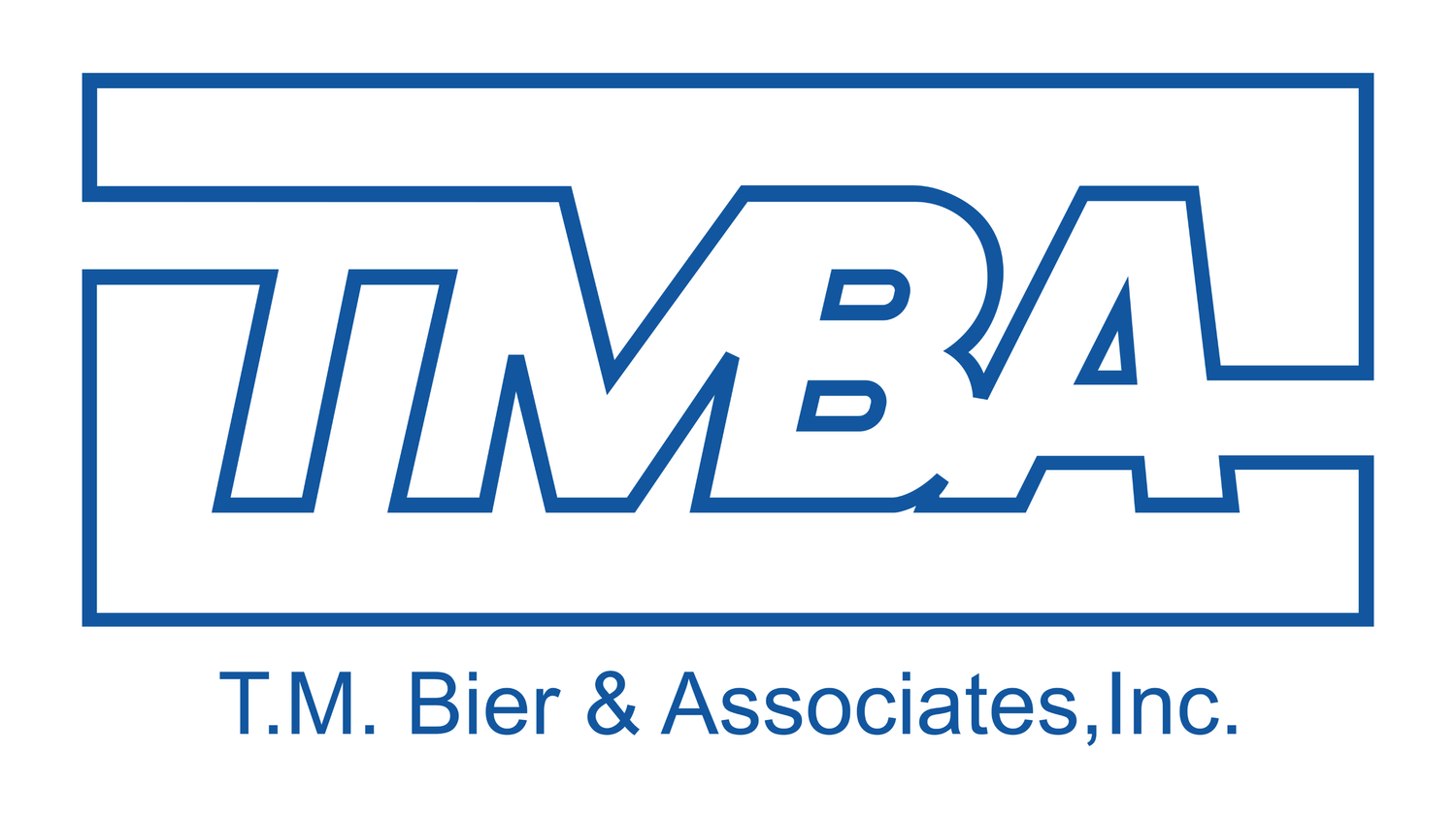Optimizing Building Performance with a Building Management System & HVAC Controls
What are building management Systems?
Building management systems (BMS) are computer-based systems that control and monitor the mechanical, electrical, and other building systems to ensure the safe, comfortable, and efficient operation of a building. HVAC (heating, ventilation, and air conditioning) controls are a key component of a BMS, as they are responsible for regulating the temperature, humidity, and air quality within a building.
What are HVAC Controls?
HVAC controls come in a variety of forms, including thermostats, dampers, and sensors that measure temperature, humidity, and other environmental factors. These controls work in conjunction with the BMS to maintain a comfortable environment within the building. Sensors send data to the system, which then adjusts the heating and cooling systems as needed to maintain the desired temperature and humidity levels.
Benefits Of Integrating HVAC Controls Into Your BMS
HVAC controls are an important component of building management systems, as they help to regulate the temperature, humidity, and air quality. The integration of these controls into a BMS can lead to energy efficiency, cost savings, improved comfort, and increased safety. The integration of HVAC controls into a building management system has a number of benefits:
First, improved energy efficiency, as the system can be programmed to only use the minimum amount of energy necessary to maintain a comfortable environment. This can lead to significant cost savings over time.
Remotely monitor and control the system. For example, a building manager could use a web-based interface to access the BMS from a computer or mobile device and make adjustments to the HVAC controls as needed.
HVAC controls can improve comfort for building occupants, as the system can be programmed to maintain a consistent temperature and humidity level. This can improve safety, as the system can be programmed to shut off heating and cooling systems in the event of an emergency.
Gather data on the performance of the system. The BMS can collect data on factors such as energy consumption, temperature, and humidity levels, which can be used to optimize the system and identify any issues that need to be addressed.
There are multiple ways that a BMS can be integrated with HVAC controls. For example, the controls can be connected to the BMS through a wired or wireless network, or they can be connected directly to the system using a specialized interface.
There are also several factors to consider when integrating HVAC controls into a BMS.
For example, it is important to ensure that the system is compatible with the existing HVAC controls and that it has the necessary connectivity and interface options. It is also important to consider the scale of the system, as larger buildings may require a more robust BMS with more advanced HVAC controls. Make sure your integrator has the experience & expertise to give you total control of your building’s automation.
If you’re looking for a building management system integrator, or have questions about your upcoming retrofit or install, contact T.M. Bier & Associates!

